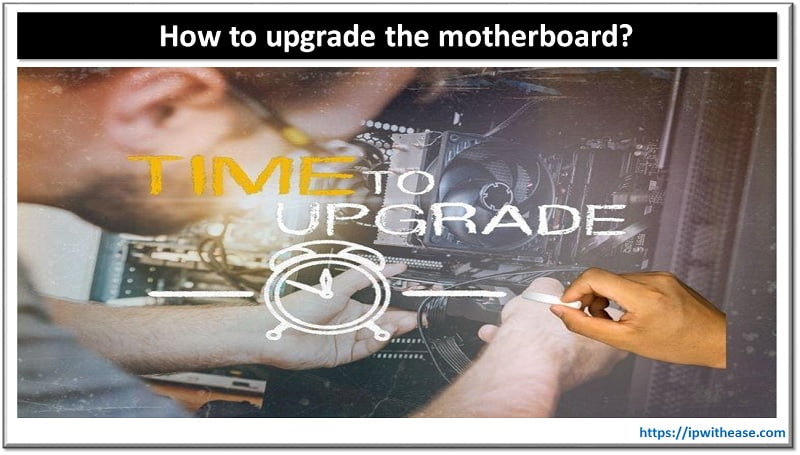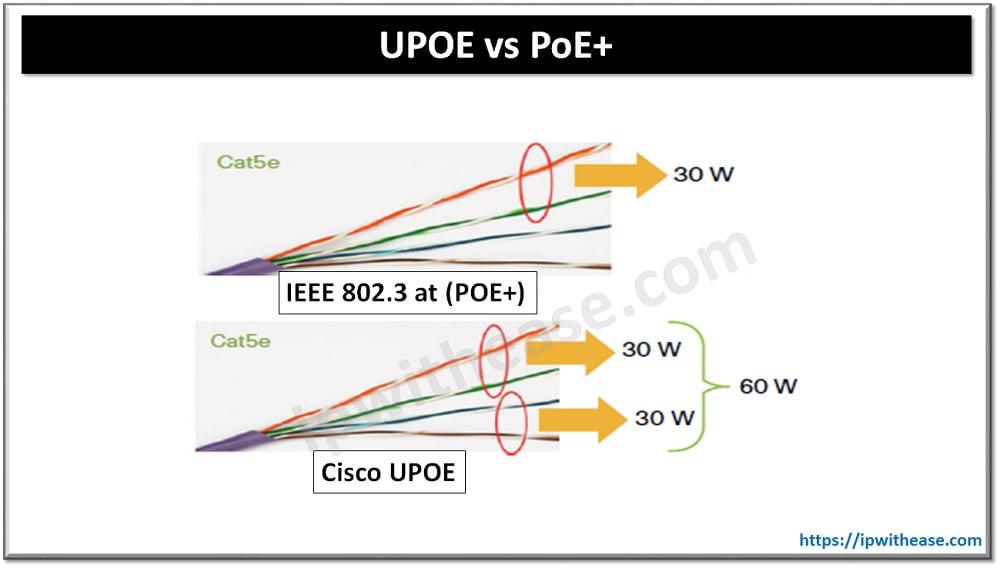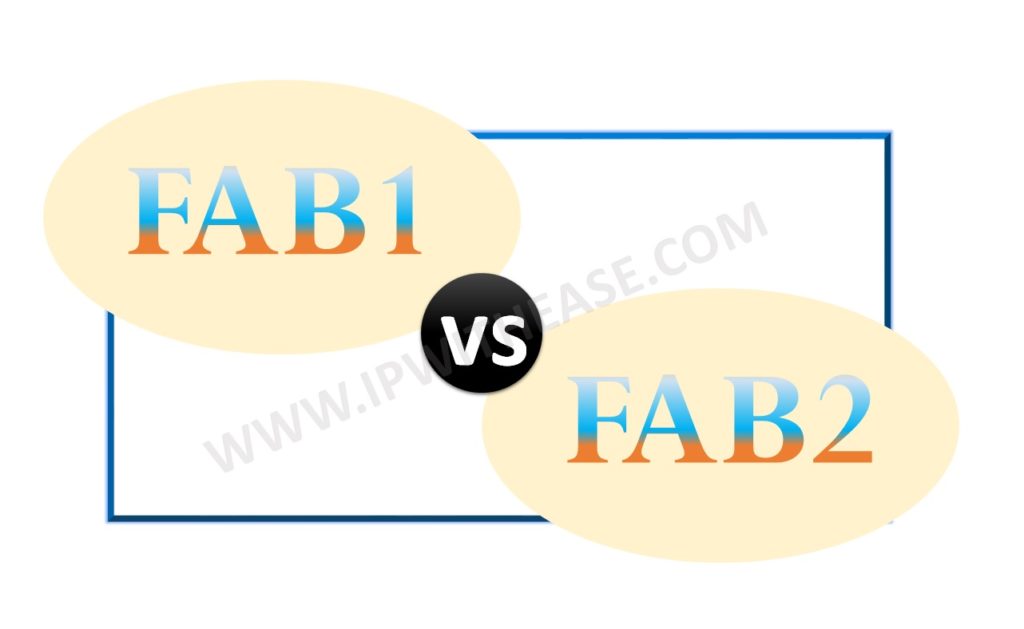Table of Contents
Today’s Ever-changing IT world requires a network that constantly learns, constantly adapts and protects. Cisco applied that knowledge in designing the next generation switches – Catalyst 9000 series. Cisco 9000 series of switches is designed to integrate with Cisco DNA – A single management domain of whole enterprise domain. Infact, X86 based CPU on these switches is capable of running 3rd party applications hosted in containers and at same time securing the services.
Another key takeaway is this new family of switches is that it runs on single and open operating system. 9000 series is considered twice as fast and support twice the capacity of any other switches in their class. Last but not least, IOS XE gives us the ability to control the 9000 series via API.
The 3 series of catalyst 9000 switches are –
- The Catalyst 9300
- The Catalyst 9400
- The Catalyst 9500
Cisco Catalyst 9300
Cisco Catalyst 9300 Series is a fixed-access enterprise switch designed for campus and branch access layers. It’s Cisco’s lead stackable switch for intent-based networking, optimized for high-density, secure, and scalable wired connectivity.
Features
| Feature | Description |
|---|---|
| Fixed Form Factor | 1RU switch with stackable architecture (StackWise-480/1T). |
| High-Density Access | Supports 1G/Multigig ports, with PoE/PoE+/UPOE for connected devices. |
| Stacking | Supports up to 8 switches in a stack, with up to 1 Tbps stack bandwidth. |
| High Availability | Redundant fans and power supplies (select models). |
| Security | Built-in MACsec, TrustSec, and Encrypted Traffic Analytics (ETA). |
| SD-Access Ready | Fully supports Cisco DNA Center and Software-Defined Access (SD-Access). |
| Programmability | Powered by UADP ASIC and supports open APIs, NETCONF, model-driven telemetry. |
Cisco Catalyst 9400
Cisco Catalyst 9400 Series is a modular enterprise access and distribution switch, designed for scalable, high-availability campus networks. It is a chassis-based solution and serves as the foundation for Cisco’s Software-Defined Access (SD-Access) architecture.
Features
| Feature | Description |
|---|---|
| Modular Design | Available in 4-slot (C9404R), 7-slot (C9407R), and 10-slot (C9410R) chassis for scalable deployments. |
| Redundant Components | Supports dual Supervisor Engines, redundant power supplies, and fans for high availability. |
| Port Options | Line cards support 1G, 10G, 25G ports with PoE/PoE+/UPOE for connected devices. |
| High Performance | Up to 9 Tbps switching capacity with Supervisor Engine 2XL. |
| Advanced Security | Supports MACsec, TrustSec, and Encrypted Traffic Analytics (ETA). |
| SD-Access Ready | Fully compatible with Cisco DNA Center and SD-Access for policy-based automation. |
| Power Efficiency | Supports Cisco StackPower and efficient cooling for energy-conscious environments. |
Comparison: Cisco Catalyst 9300 vs 9400
We will further drill down and understand how Catalyst 9300 differ from Catalyst 9400 series –
| Parameter | Catalyst 9300 | Catalyst 9400 |
|---|---|---|
| Type | Stackable | Chassis Based |
| Access Point scalability | 48 Access Points per RU | up to 384 wireless access ports |
| Positioning | Access Layer | Core/Aggregation/Access |
| Replacement for | Catalyst 3560-X, 3750-X, 3850 | Catalyst 4500-E and equivalent switches |
| Dedicated Supervisor slot | No dedicated slot | yes |
| Uplinks | •1 Gbps •Multigigabit •10 Gbps •25 Gbps •40 Gbps | •1 Gbps •10 Gbps •25 Gbps •40 Gbps |
| Downlinks | •Multigigabit •5 Gbps •2.5 Gbps •1 Gbps copper •Cisco UPOE •PoE+ options. | •Multigigabit •1 Gbps copper •1 Gbps SFP •10 Gbps SFP+ •Cisco UPOE •PoE+ options |
| High availability capabilities | •Fast Software Upgrade •Nonstop Forwarding with SSO •Stackpower •Redundant power supplies and fans | •ISSU •NSF/ SSO •uplink •Resiliency •N+1/N+N redundancy for power supplies and Power over Ethernet (PoE) |
| Models | •C9300-24T-E •C9300-24T-A •C9300-24P-E •C9300-24P-A •C9300-24U-E •C9300-24U-A •C9300-24UX-E •C9300-24UX-A •C9300-48T-E •C9300-48T-A •C9300-48P-E •C9300-48P-A •C9300-48U-E •C9300-48U-A •C9300-48UXM-E •C9300-48UXM-A •C9300-48UN-E •C9300-48UN-A | •C9404R •C9407R •C9410R |
| Switching capacity | Upto 640 Gbps | Upto 9 tbps |
Download the comparison table: Catalyst 9300 vs 9400
Which one to choose?
Choose Cisco Catalyst 9300 if
- You need a fixed-form factor switch.
- Your deployment is at the access layer for connecting end-user devices.
- You prefer a cost-effective, space-saving, and stackable switch.
- You require PoE/PoE+/UPOE, multigigabit ports, and basic redundancy.
- Best for small to mid-sized enterprise access layer.
Choose Cisco Catalyst 9400 if
- You need a modular chassis-based switch for scalability and flexibility.
- You want redundant supervisor engines, high port density, and greater performance.
- Your use case involves mission-critical access/distribution roles with advanced uptime needs.
- You require future expansion and customizable line cards.
- Best for large enterprise campus access or distribution layer with high availability.
Continue Reading
ABOUT THE AUTHOR

You can learn more about her on her linkedin profile – Rashmi Bhardwaj



